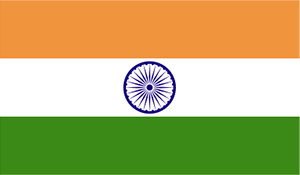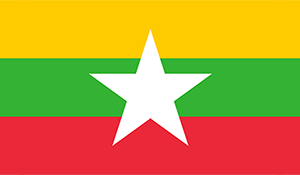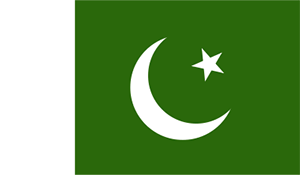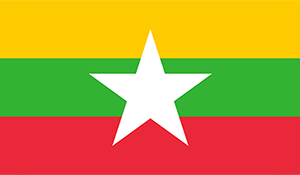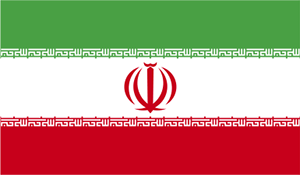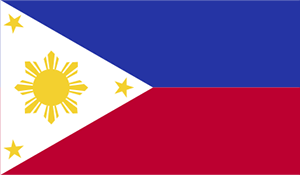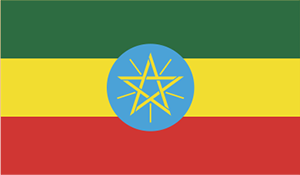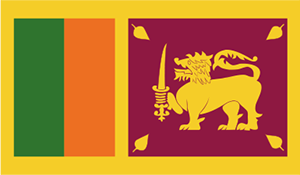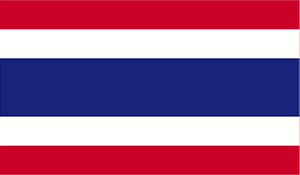MEDIA RELEASE
Australia has reached the 2030 WHO elimination scale-up target for cervical screening coverage, well ahead of schedule, and is on track to become one of the first countries in the world to eliminate cervical cancer at the national level.
The good news has been published by researchers from the C4 Centre of Research Excellence consortium funded by the NHMRC, in their third report on Australia’s progress towards the elimination of cervical cancer as a public health problem.
Cervical cancer is caused by the human papillomavirus (HPV) and can be prevented by vaccinating and by cervical screening. In Australia, women are encouraged to screen for HPV every five years, regardless of whether they received the vaccine or not (as not every type of HPV is covered by the vaccination).
“According to our report, Australia has met the WHO 2030 elimination scale-up target for screening coverage of 70%, which is an excellent achievement following our early switch to five-yearly HPV based screening in 2017”, said Professor Marion Saville from The Australian Centre for the Prevention of Cervical Cancer (ACPCC).
“While the national figures are encouraging, HPV screening remains inequitable. Those living in very remote areas are just below the target, reflecting a need for increased outreach from health services. There are also challenges in engaging young women to initiate screening in a timely way, with just over half up to date with recommended screening.” says Associate Professor Megan Smith from The Daffodil Centre, a joint venture between Cancer Council NSW and the University of Sydney.
Other WHO targets include 90% vaccination coverage by age 15 in females and 90% of people with pre-cancers and cancers receiving treatment. According to the report, Australia is sitting just below these targets, although there is currently no national data available for cervical cancer treatment rates.
In this report, the researchers have revised and updated the national indicators to reflect our rapidly progressing cervical cancer prevention and control environment. “As of 2023, just one dose of the HPV vaccine is required for protection when administered before the age of 26 years. This means getting vaccinated is simpler than ever before and excitingly all people aged up to 26 years can receive this single dose as a catch up for free from their GP, pharmacist or local health service” said Professor Julia Brotherton from the University of Melbourne.
The report indicates that during the pandemic period declines in HPV vaccination rates were more marked for Indigenous adolescents than non-Indigenous adolescents, reversing previous equity gains.
“We need to make sure that Aboriginal and Torres Strait Islander parents and their teens who missed vaccination know that it is easy to catch up now with just one dose through their preferred service provider,” said Professor Brotherton.
There are a number of recommendations made in the report, especially relating to data gaps and issues. “We still need to address ongoing system-level barriers to recording and reporting outcomes by Indigenous status and people from culturally and linguistically diverse backgrounds to drive action to reduce inequities. We also urgently need to improve the timeliness of national cancer data so that we will know when elimination has been reached in Australia” said Doctor Dorothy Machalek from The Kirby Institute, University of New South Wales.
Our new national strategy for the elimination of cervical cancer as a public health problem sets ambitious but vital targets to achieve elimination rapidly and equitably in Australia:
- 90% vaccine coverage by age 15 in both females and males
- 70% 5-yearly cervical screening coverage
- 90% of precancers and cancers receive optimal treatment
Quotes to be attributed to Assistant Minister for Health and Aged Care Ged Kearney:
- “The Australian Government’s expansion of the do-it-yourself test is saving lives. We’re seeing women who would otherwise not be screened, take the test.”
- “The data is in. Australia will be the first country in the world to eliminate cervical cancer.”
– ENDS –
Access the report
Machalek D, Smith M, Brotherton J. et al., 2023 Cervical Cancer Elimination Progress Report: Australia’s progress towards the elimination of cervical cancer as a public health problem. Published online 12/04/2024, Melbourne, Australia, at https://report.cervicalcancercontrol.org.au/
Media enquiries
For all media enquiries and interview opportunities, please contact A/Prof Misha Coleman:
M: 0428 399 739
About C4
The Centre for Research Excellence in Cervical Cancer Control (C4) is funded by the National Health and Medical Research Council (NHMRC), Australia’s leading research funding body.
C4 brings together Australia’s leaders in cervical cancer control, in both HPV vaccination and cervical screening, with researchers from the Daffodil Centre at Cancer Council NSW and the University of Sydney, ACPCC, Kirby Institute at UNSW Sydney, the University of Melbourne, and Australian National University. The prior work of C4 investigators has underpinned Australia’s major innovations in cervical cancer control in terms of the successful delivery of HPV vaccination in girls and boys and the implementation of an HPV-based cervical screening program.
https://www.cervicalcancercontrol.org.au
The Daffodil Centre
The Daffodil Centre is a joint venture between Cancer Council NSW and the University of Sydney. As a leading research centre on cancer control and policy, the Daffodil Centre provides timely and relevant evidence to national and international policy-makers to inform best-practice decision-making in cancer control. daffodilcentre.org
ACPCC
The ACPCC is committed to preventing cancer and infectious diseases through excellence in the provision of population health services that support screening and vaccination. As part of its commitment, the ACPCC continues to work with Australian and international partners to achieve the World Health Organization’s goal of eliminating cervical cancer as a public health problem, primarily through screening.
University of Melbourne
Established in 1853, the University of Melbourne is ranked among the best universities in the world, delivering education and research that is global in reach, ambition and impact.
The University’s purpose is to benefit society through the transformative impact of education and research. Nearly 10,000 academic and professional staff support a vibrant community of more than 52,000 students, including 41 per cent international students from 150 countries.
The University is embedded within world-class research and innovation precincts and engages with its communities and partners to address major social, economic, medical and environmental challenges.
Australian National University
The Australian National University (ANU) was established by an Act of the Federal Parliament in 1946. Its founding mission was to be of enduring significance in the post-war life of the nation, to support the development of national unity and identity, to improve Australia’s understanding of itself and its neighbours and to contribute to economic development and social cohesion. In the seven decades since, the University has cemented its unique national position and its standing as one of the world’s finest institutions.
The Kirby Institute
The Kirby Institute is a leading global research institute dedicated to the prevention and treatment of infectious diseases. The institute was established in 1986 in response to the then emerging HIV epidemic. We now contribute to knowledge on a broad range of diseases, including viral hepatitis and sexually transmissible infections.




